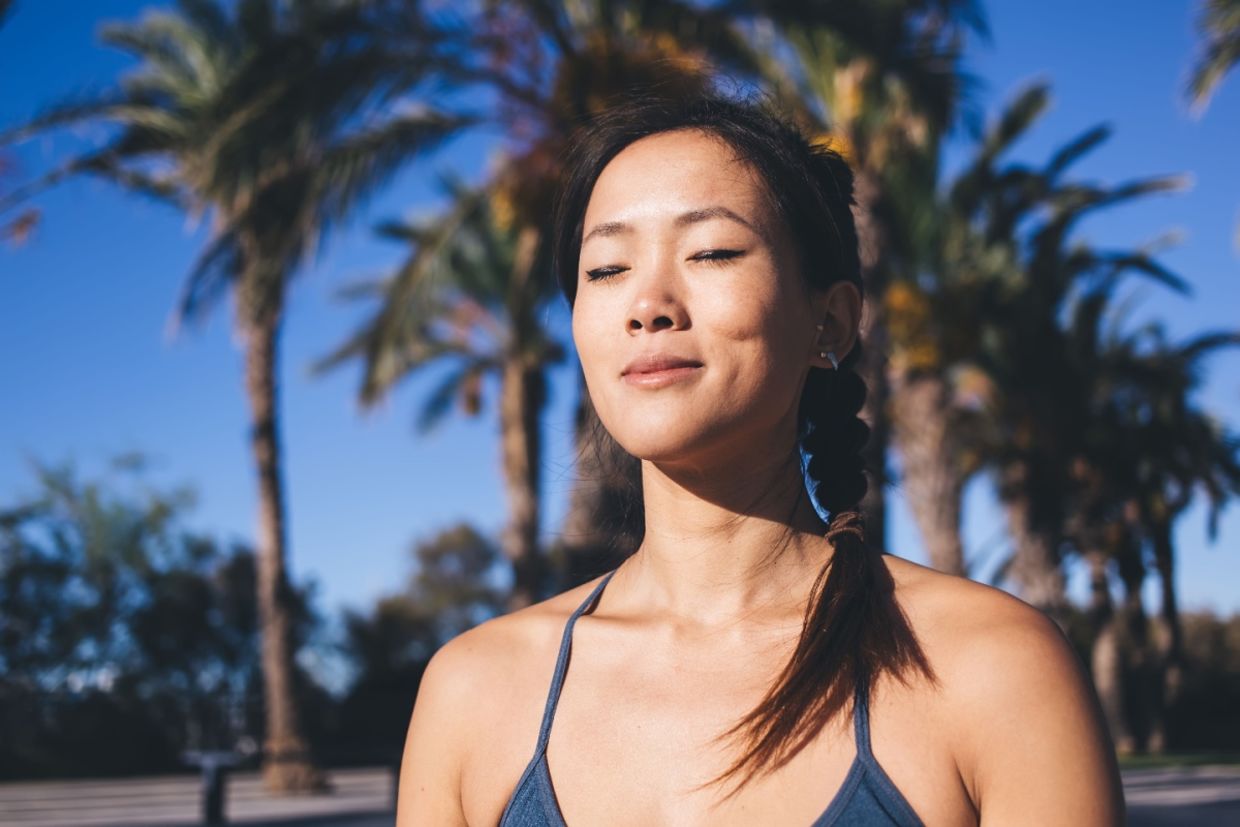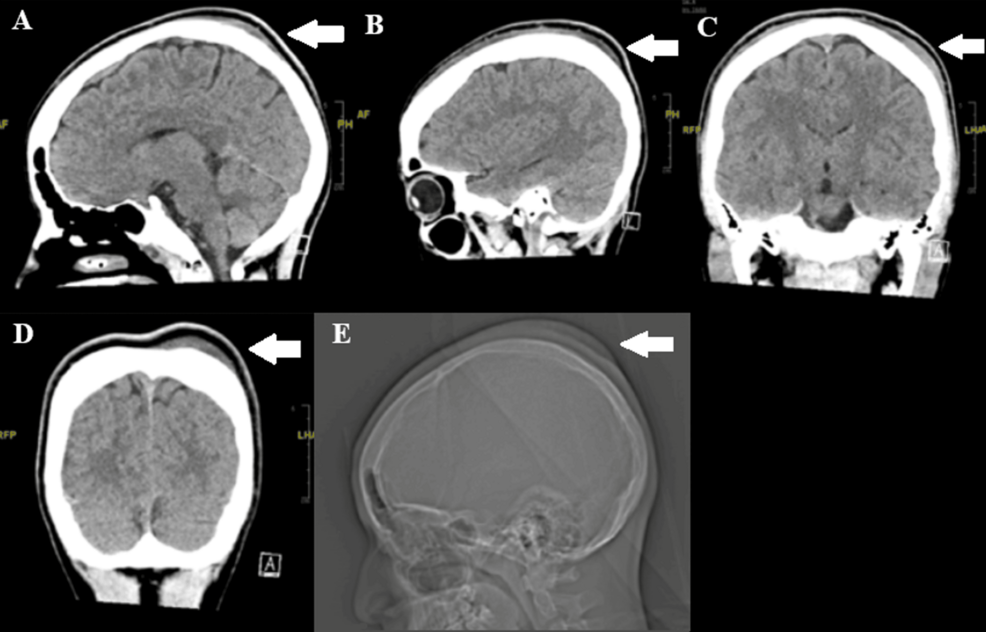- Cabinet approves $500,000 to combat avian flu Cayman Compass
- Protocols activated to keep bird flu out of Jamaica, says Veterinary Services Division Jamaica Gleaner
- Bird flu caution Jamaica Observer
- Jamaica On Alert After Bird Flu Detected In…
Category: 6. Health
-
Cabinet approves $500,000 to combat avian flu – Cayman Compass
-

Burden of RHD and NRVHD Projected to Increase Through 2036
The global burden of valvular heart disease continues to evolve, with rheumatic heart disease (RHD) remaining a leading cause of mortality in low- and middle-income countries, while nonrheumatic valvular heart disease (NRVHD) is…
Continue Reading
-

Primary Care Clinicians Help Prevent Cancer in People with HIV
Advances in HIV care have shifted its status from a deadly disease to a chronic condition. In fact, cancer has become one of the leading causes of death for people living with HIV, a trend driven by the burden of AIDS-defining…
Continue Reading
-
Researchers give update on neurological condition impacting magpies in WA
Murdoch University researchers have given an update on their investigation into the mysterious neurological syndrome affecting magpies in Western Australia.
In April 2025, Murdoch University partnered with WA…
Continue Reading
-
A 4am panic, an AI receptionist and an $82 lesson in digital healthcare
Digital health saved us the hospital run, but it also served up a side of frustration and a final bill that landed like a sting.
Like most things that feel urgent in hindsight, it began at 4am on a Saturday – that strange hour…
Continue Reading
-

How to Feel Better After a Breakup
(GaudiLab / Shutterstock.com)
Relationships are among the most meaningful experiences in life. They shape your identity, influence daily routines, and leave lasting impressions through shared memories, personal…
Continue Reading
-

Cardiologist with 20 years of experience reveals the most powerful medicine for your brain and heart
Good sleep is one of the most important pillars of overall wellbeing. Getting enough sleep and good sleep quality can play an important role in your weight, emotional wellbeing, blood pressure, diabetes, mental and physical performance, and…
Continue Reading


